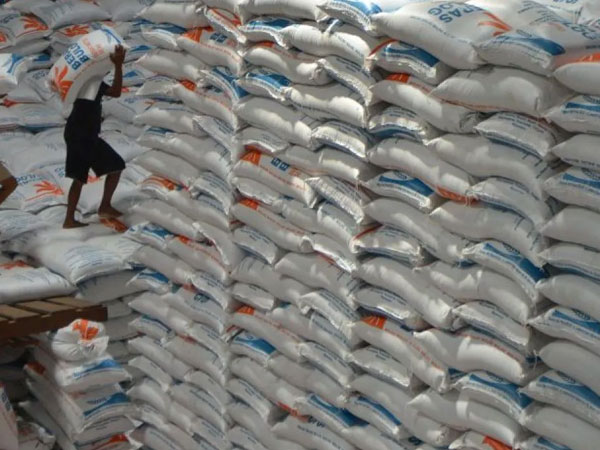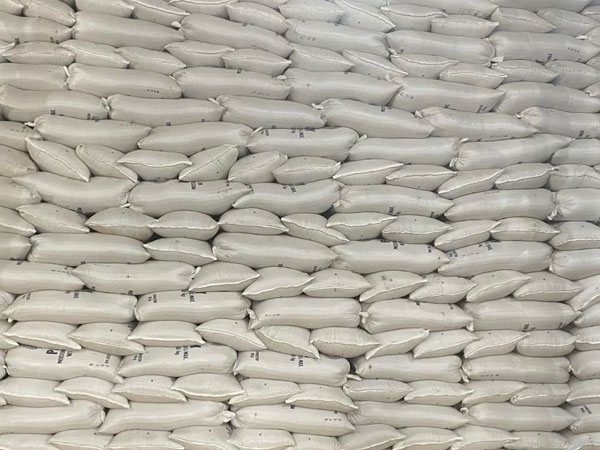 Thai rice exports are likely to be less than 8 million tonnes next year due to myriad risk factors hampering their competitiveness, which include a lack of research and development (R&D) for rice varieties, rising global supply, and the possibility of India lifting its rice export restrictions at year-end.
Thai rice exports are likely to be less than 8 million tonnes next year due to myriad risk factors hampering their competitiveness, which include a lack of research and development (R&D) for rice varieties, rising global supply, and the possibility of India lifting its rice export restrictions at year-end.
Charoen Laothamatas, president of the Thai Rice Exporters Association, said rice exports next year are expected to fall below the earlier estimate of 8.2 million tonnes.
Myriad risk factors still loom over Thai rice exports for next year, notably an increase in global rice stocks of 1.4%, reaching roughly 528 million tonnes due to an increase in rainfall for cultivation as a result of the La Niña weather phenomenon, lack of R&D for rice varieties which result in lower yield per rai compared to other major rice exporting countries which include Vietnam, India and China, higher production costs, and the possibility of India lifting its export restrictions on non-basmati white rice at the end of the year.
Thailand needs to change its rice policy by keeping abreast of changes in demand in the global market, particularly the preference for soft texture rice, and invest more in R&D to increase yield in order to compete in the global market.
Vietnam has adjusted its rice export policy by importing cheap rice from India for domestic consumption and shifting to developing high-quality rice for export such as fragrant rice and soft texture rice with a higher selling price and added value.
If Thailand fails to take any action regarding this issue, its share of major rice exporting countries may be reduced and China may become the world's leading rice exporter due to the development of rice varieties and advanced farming technology, while many countries are shifting towards self-sufficiency policies.
The United States Department of Agriculture projects that India will remain the largest rice exporter globally in 2025, with exports anticipated to reach 18 million tonnes, followed by Thailand (7.5 million tonnes), Vietnam (7.5 million tonnes), and Pakistan (5.6 million tonnes).
Chookiat Ophaswongse, an honorary president of the Thai Rice Exporters Association, said rice exports will definitely meet the target of 8.2 million tonnes set by the Commerce Ministry, and if exports are 700,000 tonnes per month on average, the target could be exceeded, reaching 9 million tonnes worth over US$5.3 billion due to continuing demand from the country's main export markets, including the Philippines and Indonesia, which are expected to increase their rice imports by up to 4.7 million tonnes and 4.3 million tonnes, respectively.
However, close monitoring of India's rice policy is necessary as India may review its rice export restrictions following an increase in rainfall as a result of monsoon, leading to normal stock levels at 140 million tonnes. This would affect global rice exports as Indian rice is cheaper than other rice-exporting countries.














© Copyright 2025 The SSResource Media.
All rights reserved.